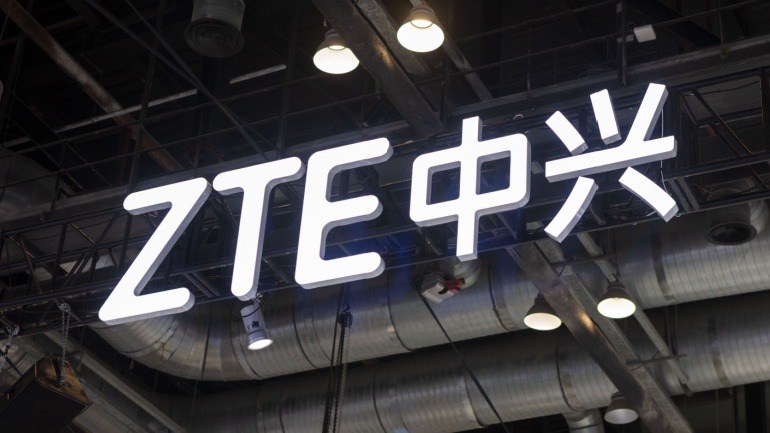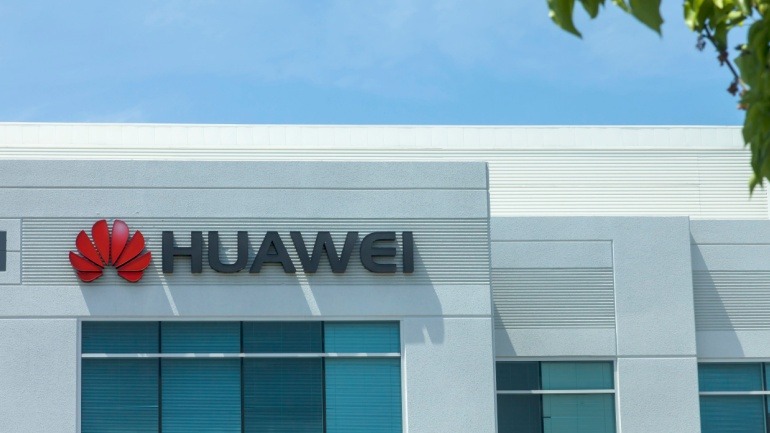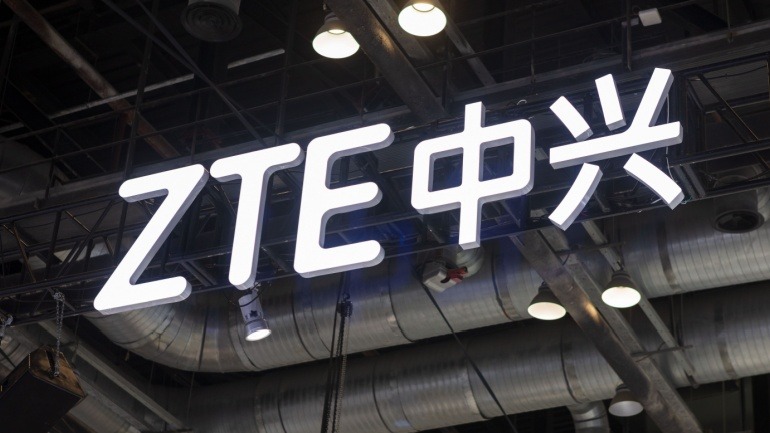ZTE faces a high-stakes battle with the US government over potential bribery charges in Venezuela, risking fines up to $1 billion. This follows previous compliance violations resulting in heavy penalties. For the VoIP sector, ZTE’s situation underscores the critical need for transparency and adherence to international trade regulations.
Vietnam’s recent decision to award 5G contracts to Huawei and ZTE signals a crucial transformation in its telecommunications strategy, impacting its VoIP infrastructure. This transition highlights Vietnam’s complex balancing act between global powers, as it embraces Chinese 5G technology despite longstanding Western security concerns. Exploring Vietnam’s evolving VoIP dynamics amid geopolitical shifts offers insight into future telecom trends, emphasizing cost-effectiveness and advanced connectivity.
U Mobile is transforming Malaysia’s 5G landscape by partnering with Huawei and ZTE to deploy the country’s second 5G network. Aiming for 80% population coverage within a year, U Mobile emphasizes robust 5G performance. This strategic move aligns with government efforts to boost competition and service quality.
ZTE Corporation, alongside China Mobile, launched innovative AI-driven 5G-A solutions at MWC 2025. These advancements in 5G-A technology, including ‘Communication-Sensing-Computing-Intelligence’ and ‘Ambient IoT,’ promise groundbreaking transformations in industrial applications.
ZTE Corporation, a key player in the technology sector, reported remarkable financial performance for 2024, achieving CNY 121.30 billion in annual revenue. Despite a challenging global landscape, innovations in 5G-Advanced, AI, and all-optical networks propelled their success.
Turkcell has achieved a groundbreaking 5G-Advanced speed of over 32 Gbps in Istanbul, marking a significant milestone in the telecom industry. Utilizing ZTE equipment, this trial highlights the potential of combining mid-band and mmWave spectrum.
At the recent United Nations Summit of the Future 2024, ZTE showcased initiatives to bridge the digital divide in remote regions using advanced digital technologies. Highlights included a 5G base station at Kekexili for real-time monitoring of endangered species and various 5G projects supporting environmental conservation.
MTN South Africa and ZTE Corporation have pioneered Africa’s first 5G maritime coverage near Mossel Bay. This leap in ocean-based connectivity promises to revolutionize tourism, fisheries, and the maritime economy while supporting ecological preservation. With over 210Mbps throughput 22 km offshore, 5G will enhance shipping, fishing, marine research, and rescue operations.
Chinese telecommunications giant ZTE Corporation has partnered with Indonesian mobile operator Smartfren to deploy AI-based Radio Access Network (RAN) computing. Integrating artificial intelligence into RAN systems optimizes resource allocation in real-time, leading to a 15% boost in user experience and a 5% increase in network traffic.
In a pioneering initiative, passengers traveling on a high-speed rail route in Southern China are now enjoying faster and more reliable 5G connectivity, thanks to the innovative use of digital twin technology. ZTE and China Mobile’s Yunnan Branch have collaboratively developed a detailed 3D model of the railway’s surrounding infrastructure, significantly enhancing network performance along the challenging terrain of the KunchuDali railway.













